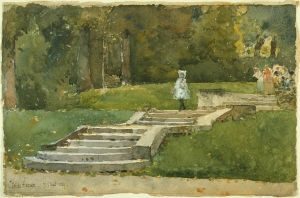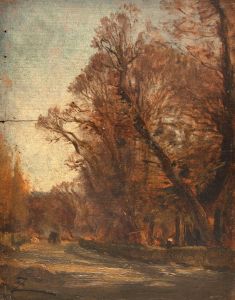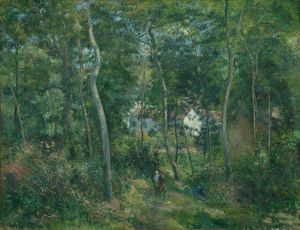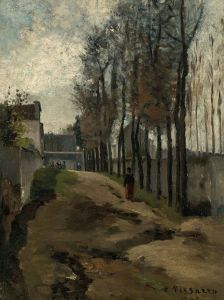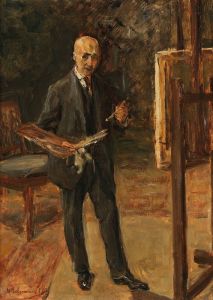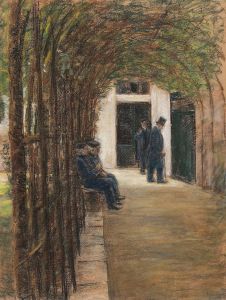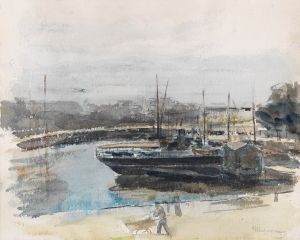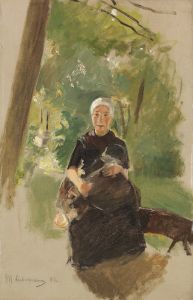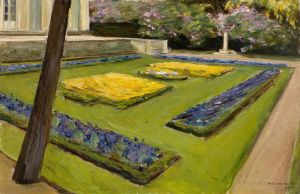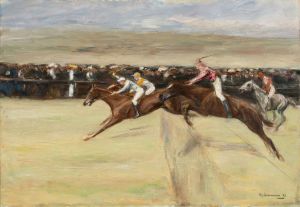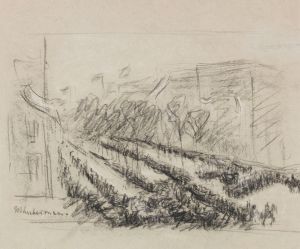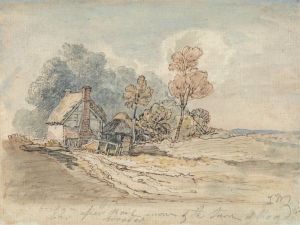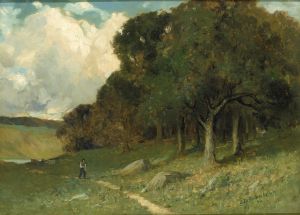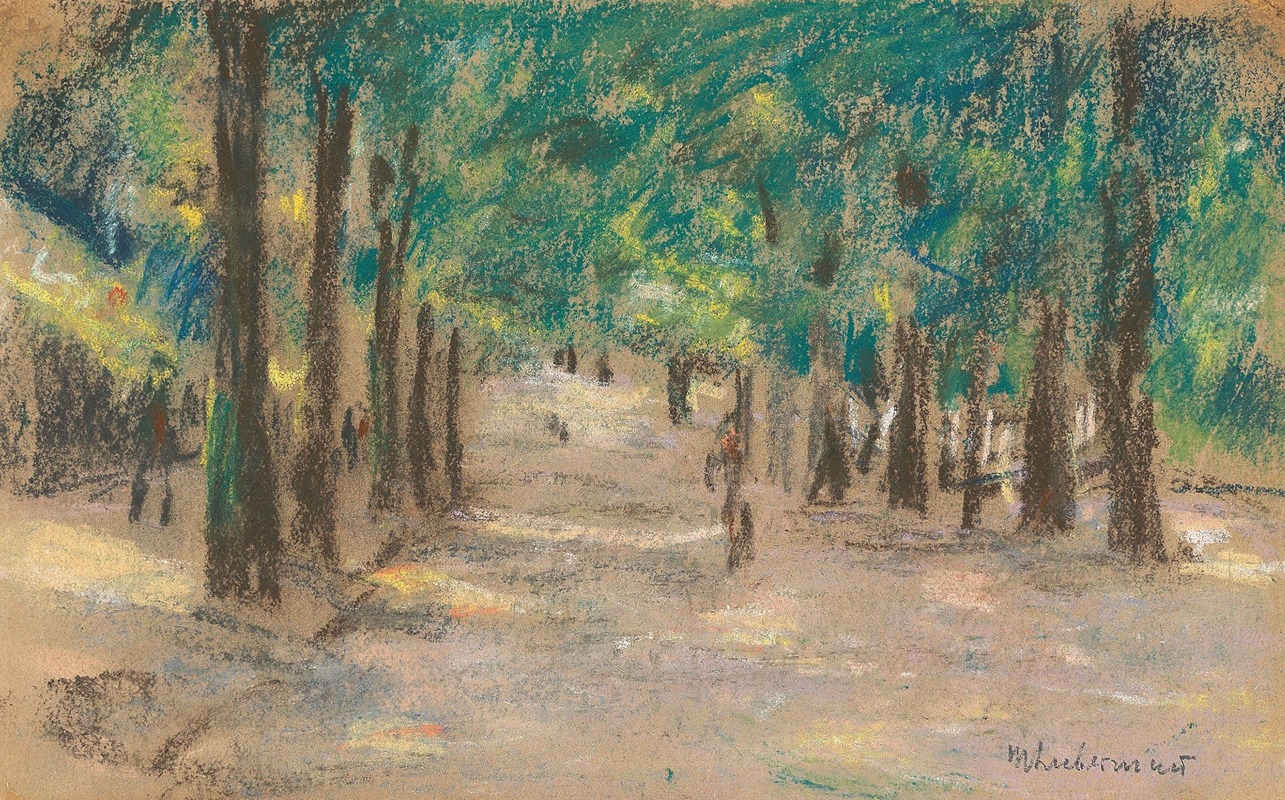
Allee
A hand-painted replica of Max Liebermann’s masterpiece Allee, meticulously crafted by professional artists to capture the true essence of the original. Each piece is created with museum-quality canvas and rare mineral pigments, carefully painted by experienced artists with delicate brushstrokes and rich, layered colors to perfectly recreate the texture of the original artwork. Unlike machine-printed reproductions, this hand-painted version brings the painting to life, infused with the artist’s emotions and skill in every stroke. Whether for personal collection or home decoration, it instantly elevates the artistic atmosphere of any space.
Max Liebermann, a prominent German painter and one of the leading figures of the Impressionist movement in Germany, created numerous works that captured the beauty of nature and everyday life. One of his notable paintings is Allee (translated as "Avenue" or "Pathway"), which exemplifies his skill in depicting light, shadow, and atmosphere.
Allee portrays a tree-lined avenue, a recurring subject in Liebermann's oeuvre. The painting demonstrates his fascination with natural landscapes and his ability to convey depth and perspective through the interplay of light and shadow. The trees in the painting are rendered with loose, expressive brushstrokes, characteristic of Liebermann's Impressionist style. The dappled sunlight filtering through the foliage creates a dynamic and serene atmosphere, inviting the viewer to imagine walking along the tranquil path.
Liebermann often drew inspiration from the parks and gardens of Europe, particularly those in the Netherlands, where he spent significant time. His works frequently reflect his admiration for Dutch landscape painting and his interest in capturing the harmony between humans and nature. While specific details about the exact location depicted in Allee are not always documented, the painting aligns with Liebermann's broader body of work, which often features similar pastoral and idyllic scenes.
As a key figure in the Berlin Secession, Liebermann played a crucial role in promoting modern art in Germany during the late 19th and early 20th centuries. His works, including Allee, are celebrated for their technical mastery and their ability to evoke a sense of peace and simplicity. Today, Liebermann's paintings are housed in various museums and private collections worldwide, with many of his works, including Allee, continuing to be studied and appreciated for their artistic and historical significance.
Further details about the specific creation date or current location of Allee may not be readily available, as Liebermann produced numerous similar works throughout his career. However, the painting remains a testament to his enduring legacy as one of Germany's most influential Impressionist painters.





